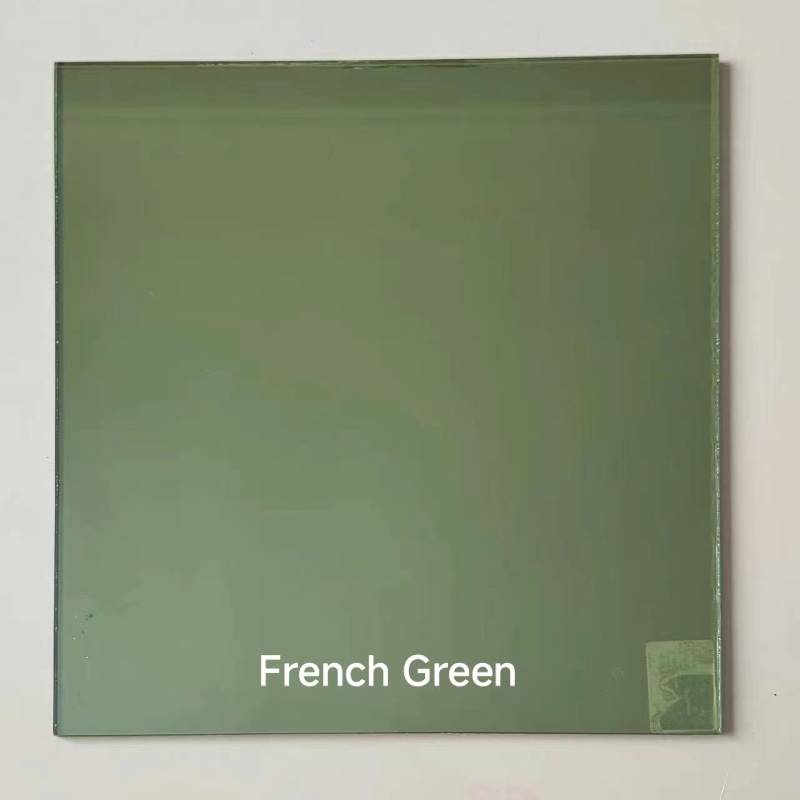

The Cost of Tinted Glass A Comprehensive Overview
In recent years, tinted glass has gained popularity among homeowners, commercial businesses, and automotive enthusiasts alike. Its aesthetic appeal, energy efficiency, and UV protection capabilities make it an attractive choice for a variety of applications. However, the cost of tinted glass can vary significantly based on several factors. This article will examine the elements that influence the price of tinted glass and provide a better understanding of what consumers can expect when considering this investment.
Understanding Tinted Glass
Tinted glass refers to any glass that has been treated to reduce the amount of sunlight entering through it. This treatment involves the addition of various materials during the glass manufacturing process or the application of a film afterward. The primary purpose of tinted glass is to block harmful UV rays, reduce glare, and enhance privacy. It’s often used in windows for homes and offices, as well as in car windshields and side windows.
Factors Influencing the Cost
1. Type of Tinted Glass The price can vary significantly depending on the type of tint. There are several types of tinted glass, including reflective, non-reflective, and dyed glass. Reflective tints are typically more expensive due to their complex manufacturing processes, while dyed glass, which is less effective in terms of heat rejection, is generally more affordable.
2. Thickness and Size The thickness and size of the glass also play a significant role in determining cost. Custom-sized tinted glass may incur additional charges, while standard sizes might be more economical. Thicker glass tends to be more expensive due to the increased material costs.
3. Installation Costs If you’re not purchasing pre-tinted glass and require installation, labor costs can significantly affect the overall price. Professional installation is recommended, especially for larger pieces of glass or vehicles, as improper installation can lead to damage or decreased effectiveness.

4. Quality of Tint Higher-quality, automotive-grade tints may come at a premium. While cheaper options exist, they often wear out more quickly or fail to provide adequate heat and UV protection. Investing in high-quality materials can lead to long-term savings and improved performance.
5. Local Regulations Certain regions have regulations regarding how dark or reflective window tints can be. Adhering to these regulations may restrict your choices and influence the overall cost, especially if modifications are necessary to meet legal requirements.
6. Brand and Supplier The reputation of the brand or supplier can also impact pricing. Well-known brands may charge more due to their established quality and reliability. Obtaining multiple quotes from different suppliers can help in finding a competitive price.
Average Cost Estimates
Generally, the cost of tinted glass ranges from $5 to $15 per square foot. For vehicle applications, expect to pay between $100 to $400 for professional installation, depending on the vehicle type and the complexity of the job. Residential projects may range significantly based on the size of the windows; a standard home window retrofit could cost between $200 to $600, depending on the factors mentioned above.
Conclusion
The investment in tinted glass can provide numerous benefits, from energy savings and UV protection to improved privacy and aesthetics. When considering tinted glass, it is crucial to evaluate the various cost factors, including type, installation, quality, and local regulations. By doing so, consumers can make informed decisions that not only enhance their spaces but also contribute to their long-term comfort and safety. Whether for residential or automotive use, understanding the costs associated with tinted glass can lead to a better, more satisfying purchase experience.